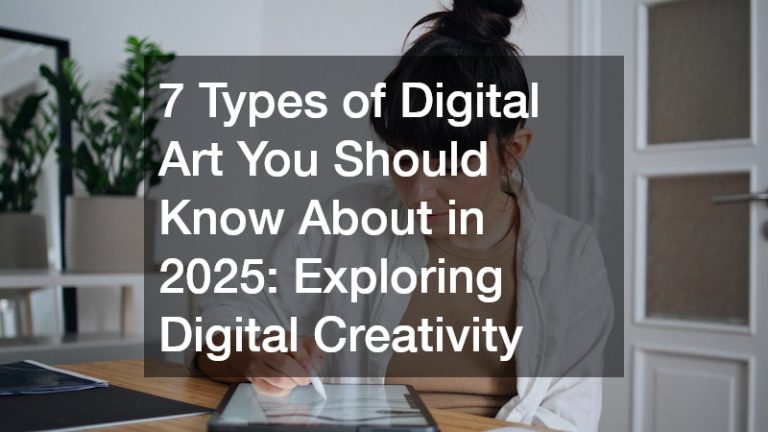You’re just getting started, but you’ve got big dreams for your business: You want an active Facebook page, a Twitter account with a dedicated following, and you’d kill for an Instagram account packed with loyal photographers who love to share.
And you want all of these accounts linked together so that when your happy customers do something amazing on one platform, it can be broadcast out to all their friends across the social media spectrum. You’ve just got to have it all.
But as you know, it takes more than a pretty website and a few tweets to make that happen. You need customers. And how do you get those customers?
There are dozens of ways to promote your business online and attract new customers, but let’s focus on four essential methods: establishing a website, using the right SEO tools, enhancing your social media presence, and connecting to a wealth of potential online clients and avid fans.
Establishing a Business Website
Creating a website is the number one way to grow your business and attract new customers. Why? Because when you provide potential clients with all the information they need to know about your company, they can give their patronage without having to do any extra research or phone calls. It’s efficient, and it saves time—for everyone.
So, what should a business website include?
The Essentials:
About Us page — Let people know who you are. Be playful and informal if that’s your style, or formal and professional if that’s the tone you want to set. Let them know what sets you apart from your competitors. Mention any awards or accolades you’ve received as a business. Let people know your mission, vision, and values, so they can understand what drives you to provide the products or services you offer.
Contact page with all forms of contact information — Your About Us page is useless if customers have no way to get in touch with you—unless it’s an About Us that includes a contact form. Customers want to get in touch with you, and they want to do it by phone. If your location is too remote for a customer to drop by, the next best thing is the ability to call or email.
Service page — This is your chance to shine. Mention specific services you offer, and be as detailed as possible so that customers know exactly what they’re getting when they patronize your business. If potential clients think you can’t handle a certain task, they’re likely to go elsewhere.
Products page — This is your opportunity to hawk your wares. Tell customers what you sell and how it can benefit them. If you have a blog on your website, include excerpts that will pique the reader’s interest and make them want to learn more.
Using Effective SEO Tools

SEO tools are the bread of the internet. If you want Google, Bing, or Yahoo! to find your site and rank it on their results pages, a healthy dose of SEO is a necessity. Understanding how search engines work can be a challenge, but fortunately, there are many SEO tools to help you get on track.
One of the most popular (and free) tools is Google Webmaster Tools, which helps you understand how your site is performing in search results, alerts you to errors that may be preventing your site from ranking well, and provides insights into how Google sees your site.
Google Webmaster Tools also doubles as a search engine optimization tool, identifying key elements you need to work on to achieve strong results in Google and Bing.
Online advertising is part of SEO techniques used by professionals. This involves digital brand signage solutions and pay-per-click ads. You can also use retargeting, which shows ads to people who have visited your website or blog before.
Enhancing Your Social Media Presence
As we mentioned before, social media is a powerful tool for promoting your business and building relationships with potential customers. But simply having a Facebook page and Twitter account isn’t enough — you need to optimize these pages for maximum impact.
One way to do this is to make sure your profile and cover photos are high quality and professional and that your bios are well written and engaging. You should also post regularly, but not so often that you overwhelm your followers.
Another way to enhance your social media presence is by using digital signage solutions to broadcast your brand message. You can direct traffic to your online platforms and even drive sales with digital signs.
Connecting to Existing and Potential Clients
Building an audience is one thing, but getting them to engage with you and connect is another. Most businesses find success with a combination of both.
It’s easy for potential customers to feel overwhelmed on the web, so you must have a strong online presence with reliable content that sets you apart from your competition. If you provide valuable information and connect with your audience personally, they’re more likely to become customers.
And don’t forget about your existing customers — they’re a valuable resource, and you should connect with them on social media as well. Showcase their work on your website or blog, and reward them with discounts and special offers.
As you can see, there are several ways to connect with your audience and promote your business. By using a combination of online tools and techniques, you can reach new heights and find success online.


